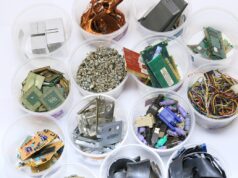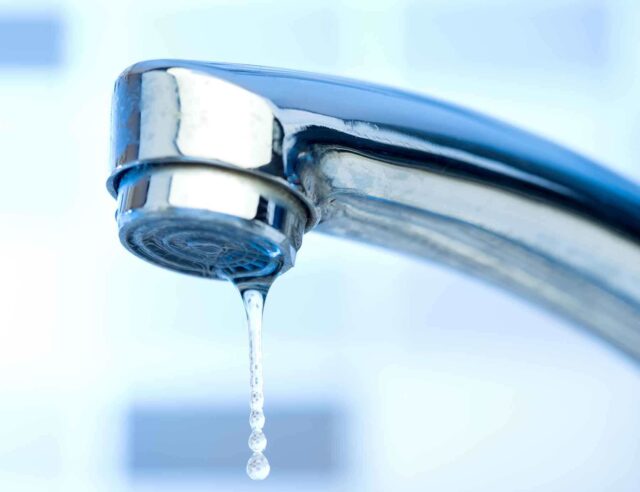
Along with electricity, water is your home’s basic necessity because without water, you might not achieve a clean house to wash. However, in your day-to-day life, you consume more water than you’re supposed to. While it may seem harmless, you’re contributing to the detriment of the environment while spending more money.
Things Increasing Water Consumption
To allow your household to use less consumption of water, you should first find out the top water wasters in your home as listed below:
1. Toilets
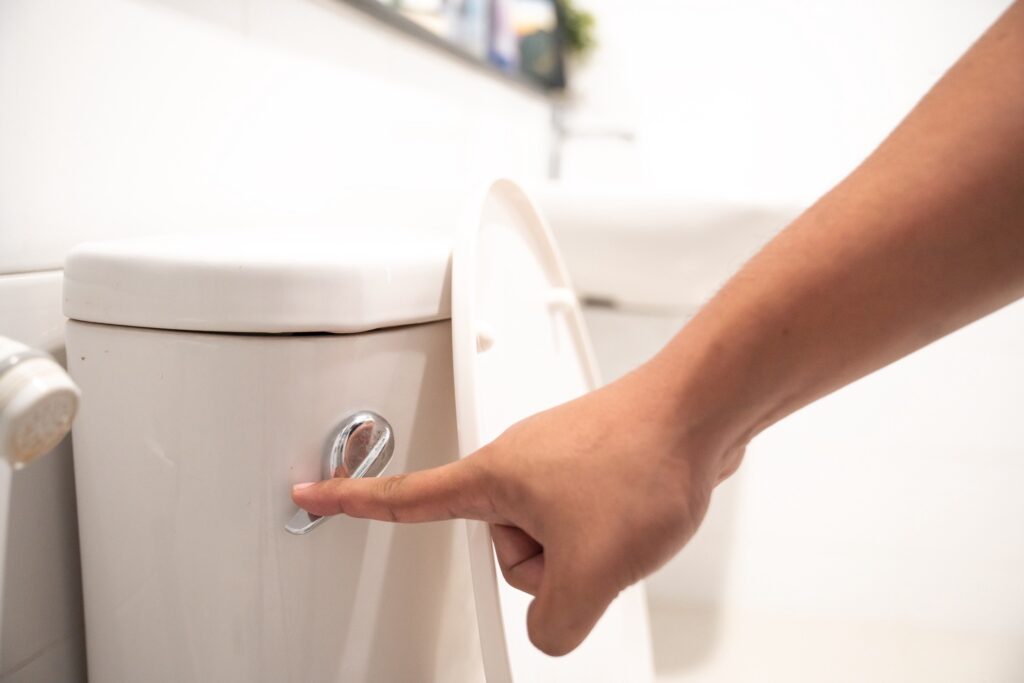
While it’s essential to flush down after use, you should know your toilets are the number one water wasters in your home. With every flush you take, you’re wasting about 4.5 liters of water for a full press and three liters for a half-press.
While it may seem like a small number for you, it’s still excessive, especially you only need to flush out a small amount per usage. An average person flushes the toilet at least five times a day, and you can just imagine the amount of water being wasted if you have larger families in your household.
To cut your water consumption, consider upgrading your toilets since old models use more liters of water with every flush. New models use fewer liters, allowing you to save water. Moreover, it’d also help if you’d use recycled water for your toilet since you don’t need a fresh batch of water to use, and it’d be a great way to help save the environment.
2. Dishwashers
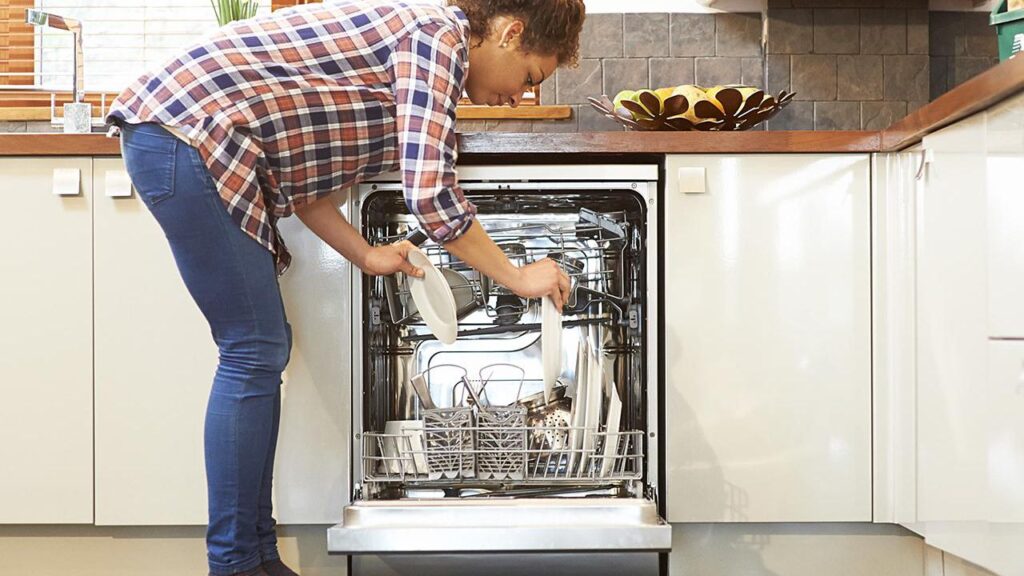
Using a dishwasher is necessary if you’d like to reduce the work of cleaning your dishes by hand, and obtaining it is popular for some people to help them wash without consuming too much water. However, it won’t be helpful if you keep turning on your dishwasher for every single plate and spoon you add.
Ideally, you should only turn on your dishwasher once the load is full to maximize its efficiency. Along with this, if your dishwasher is from an old model, you may want to consider upgrading them to have the feature which enables you to conserve more water.
As you update your dishwasher, you should connect it with your trusted water supply through your tanks to ensure you’d have a steady flow inside your home. You can look for water tanks and other trusted sources like them to find the suitable unit for you online through watertankfactory.com.au.
3. Showers
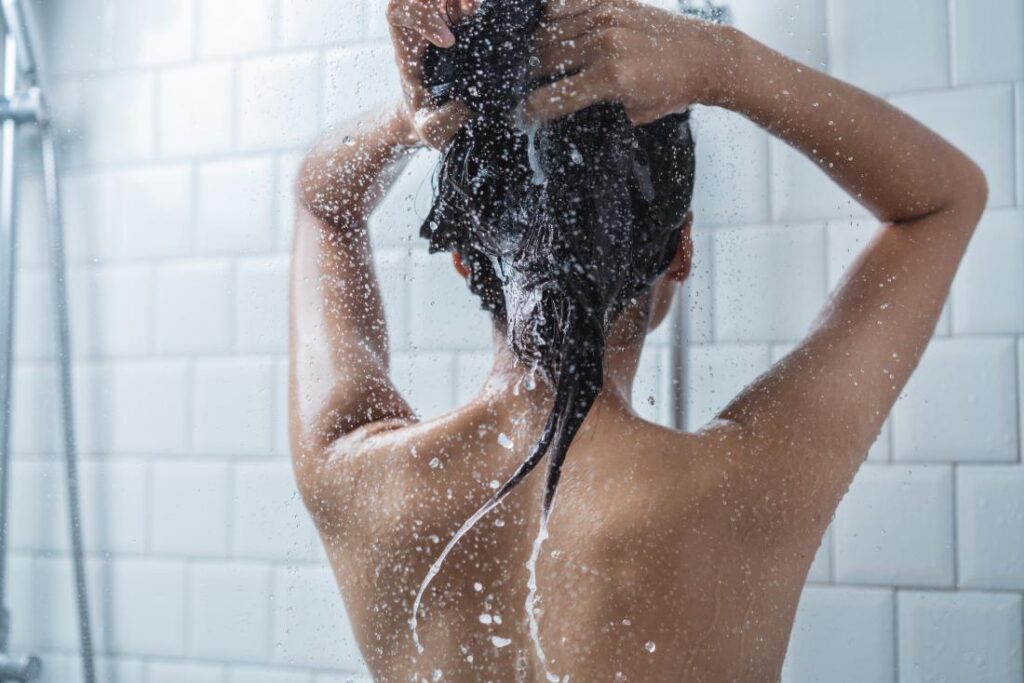
While using a shower is more efficient than taking a bath, you’re still wasting plenty of water with every use, especially if you shower more than once a day.
Showers are one of the top water wasters because they have unnecessary high flows, making you use more from your water tanks. Along with this, if you have larger shower heads covering more than your body, you’re wasting plenty of drops all at once.
To decrease water consumption, you should try to keep your shower times shorter and switch to a low-flow showerhead. Not only would you be able to conserve the environment, but you can dramatically reduce your water bill, allowing you to save a few bucks.
4. Washing Machine
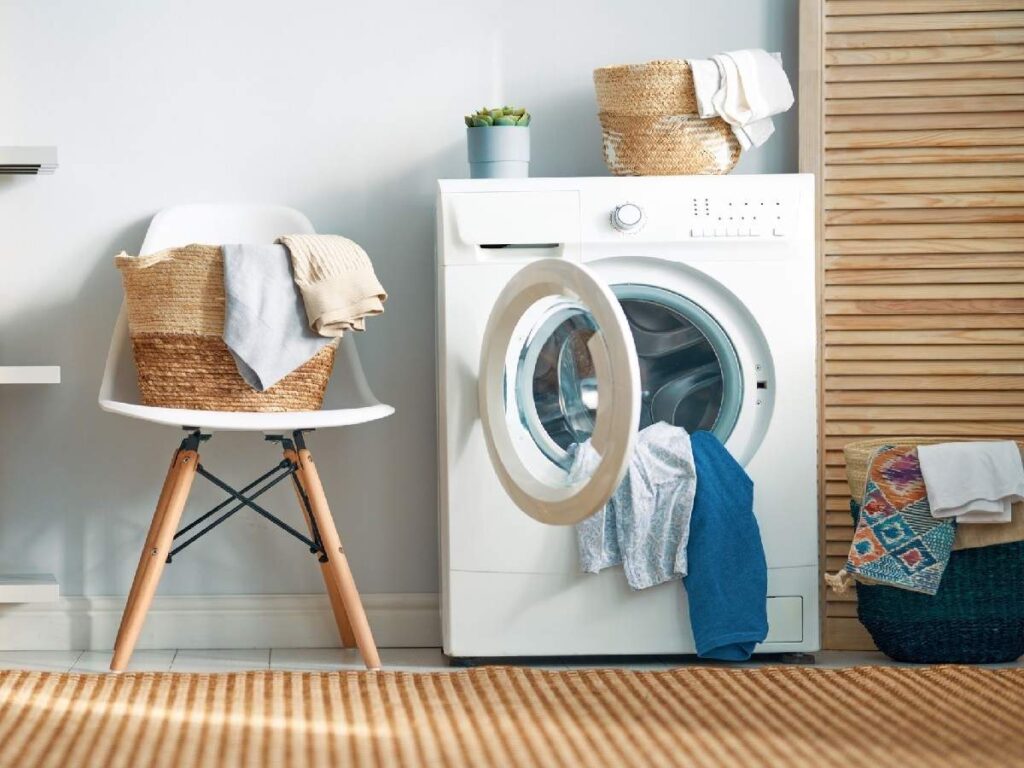
Washing your clothes is necessary to promote proper hygiene and keep bacteria away. While handwashing can brush stains away, it requires a lot of physical work, which you might be too tired for.
To ease up your load, the use of washing machines will help cut your efforts as you only need to put your clothes in the bin, add laundry soap, turn on the machine, and wait for a few minutes until it washes your clothes thoroughly. The process is entirely effortless.
But even if washing machines help keep your workload lighter, they waster a lot of water in the process. If you’re using a conventional top load washing machine, you can spend up to 54 gallons of water per load. Just imagine how many times you’ll be washing your clothes within the week.
If you’d like to be efficient with your washing machine use, it’ll be helpful to use a front-load washing machine as they only require using seven gallons of water with each load, cutting your water consumption greatly.
Furthermore, if you have clothing that’s not visibly dirty or hasn’t been used for a long time, you may want to reuse some of your clothing like pants, jacket, scarf, and gloves.
5. Faucets
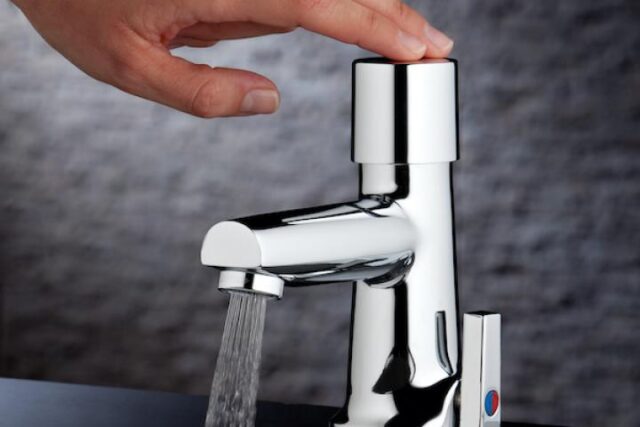
Depending on why you use your faucets, you might be wasting more water than you should. When you brush your teeth, you’re wasting up to four gallons of water with each use. While it may feel comforting to hear the sound of the stream in your faucet as you take a good look in the mirror and brush every corner of your teeth, you’re consuming more than enough.
To save water while brushing your teeth, you should turn off the water when not in use. It’ll be best if you’d use a glass to rinse any residue rather than cupping the water in your hand as you can’t turn the water off when you place it near your mouth.
Moreover, when you’re washing the dishes, you shouldn’t continuously run the water even if you’re cleaning them with a sponge and soap. Ideally, you should wet them all together and wash them while the faucet is closed. In this way, you can focus on scrubbing and keeping your utensils clean.
If you have a plumbing problem, you should try to fix it yourself to save money. However, if the case is severe, calling a professional would always be a good option. A leaky pipe can waste your water even if it’s just releasing a few drops per second.
Conclusion
Everyone should look for ways on how to conserve water. If you’d switch your home equipment into upgraded units, it’d be consuming less in the long run. Also, recycling water could help in preserving.
Practicing a more responsible use of water is important, so your household would be able to maximize its purpose. And identifying elements that might be increasing your usage would ensure a deliberative action of proper maintenance.



